So, you’re finally ready to start building a marketing plan for your SaaS business. That means you can just do some SEO research, automate some email sequences, write a few blog posts, toss some forms on your site, and Bob’s your uncle, right?
If you’re already chuckling to yourself, high five! We’re on the same page.
If you’re slightly horrified to find out it’s not that simple, we offer our sincerest condolences… and this blog post. The truth is, regardless of your response, you’re here for the same reason: to hopefully figure out what you need to know when building your SaaS marketing plan.
But before we start, let’s get one thing out of the way: while some elements of marketing strategy apply across most businesses, SaaS is quite different than your average brick and mortar or B2C business—and even other B2Bs for that matter.
Chances are if you’ve been in the business long enough to find this post, you already know this, but knowing it and understanding why and how you can leverage it is a completely different story. And we’re happy to tell it.
1. Know Your Goals
To put it simply, a plan without a goal isn’t really a plan. If a hockey team can’t win without one, neither can you. So, which goals should you care about?
For many businesses the SMART goal at the finish line is based on revenue. For many SaaS companies this just isn’t the case.
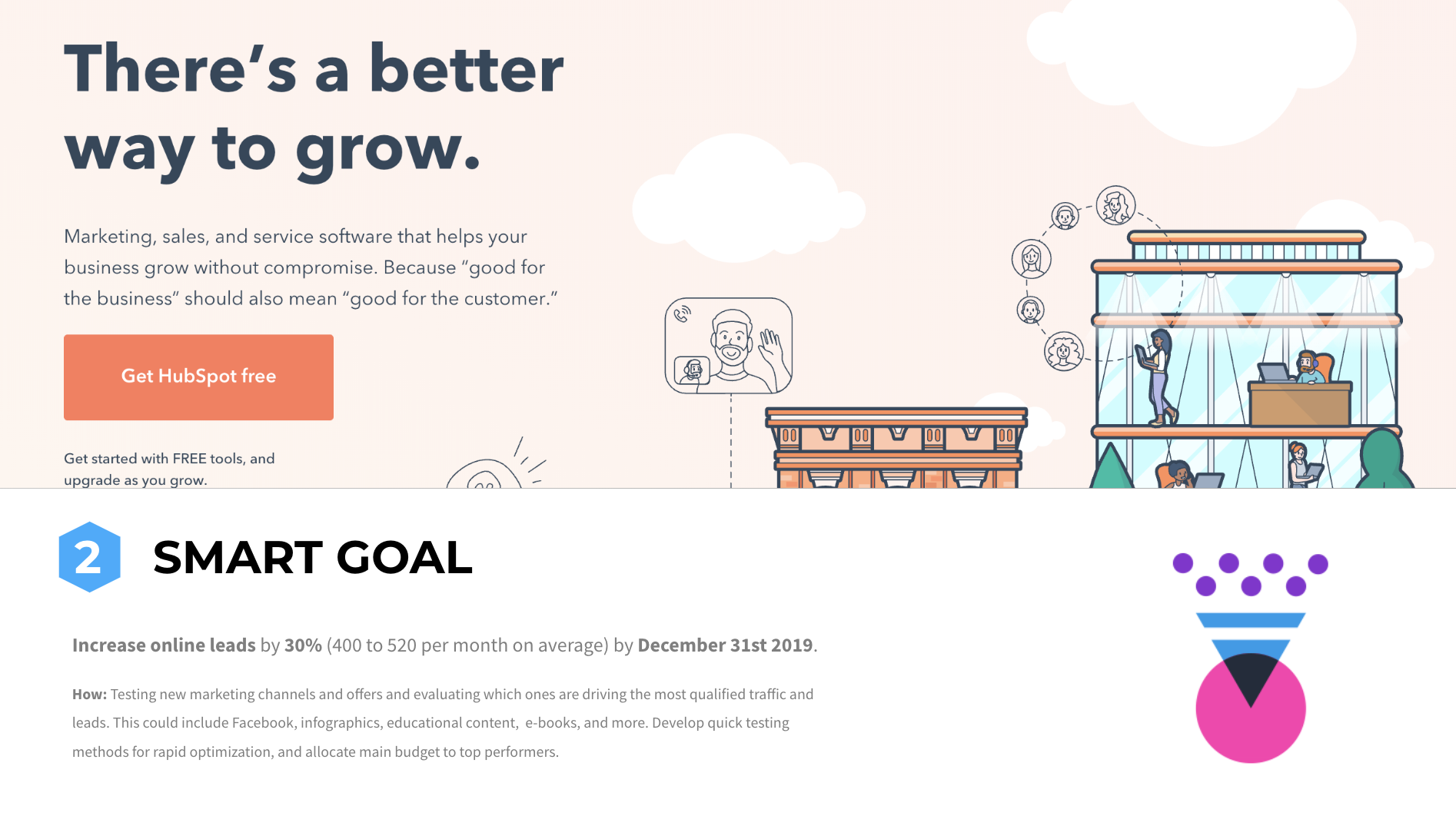
Your company’s stage, level of product development, whether or not you’re live, whether or not you have users, when you’re market-ready (if you’re not already), and a host of other factors will impact which goals will guide your marketing plan. After all, it’s a bit pointless to put all efforts towards generating revenue when you are getting ready to start wrangling beta users.
Once you know your overall business goals, you then can reverse engineer the process to figure out where your efforts and resources will be best served according to your stage of development.
For example, if you’re well-established in the market and looking to improve revenue by 15% over the next year, figure out the increase in trial conversion and/or customer retention rates necessary to curate that growth, then define which efforts will help achieve it, such as chat support, how-to’s, guided walkthroughs, or even a knowledge base.
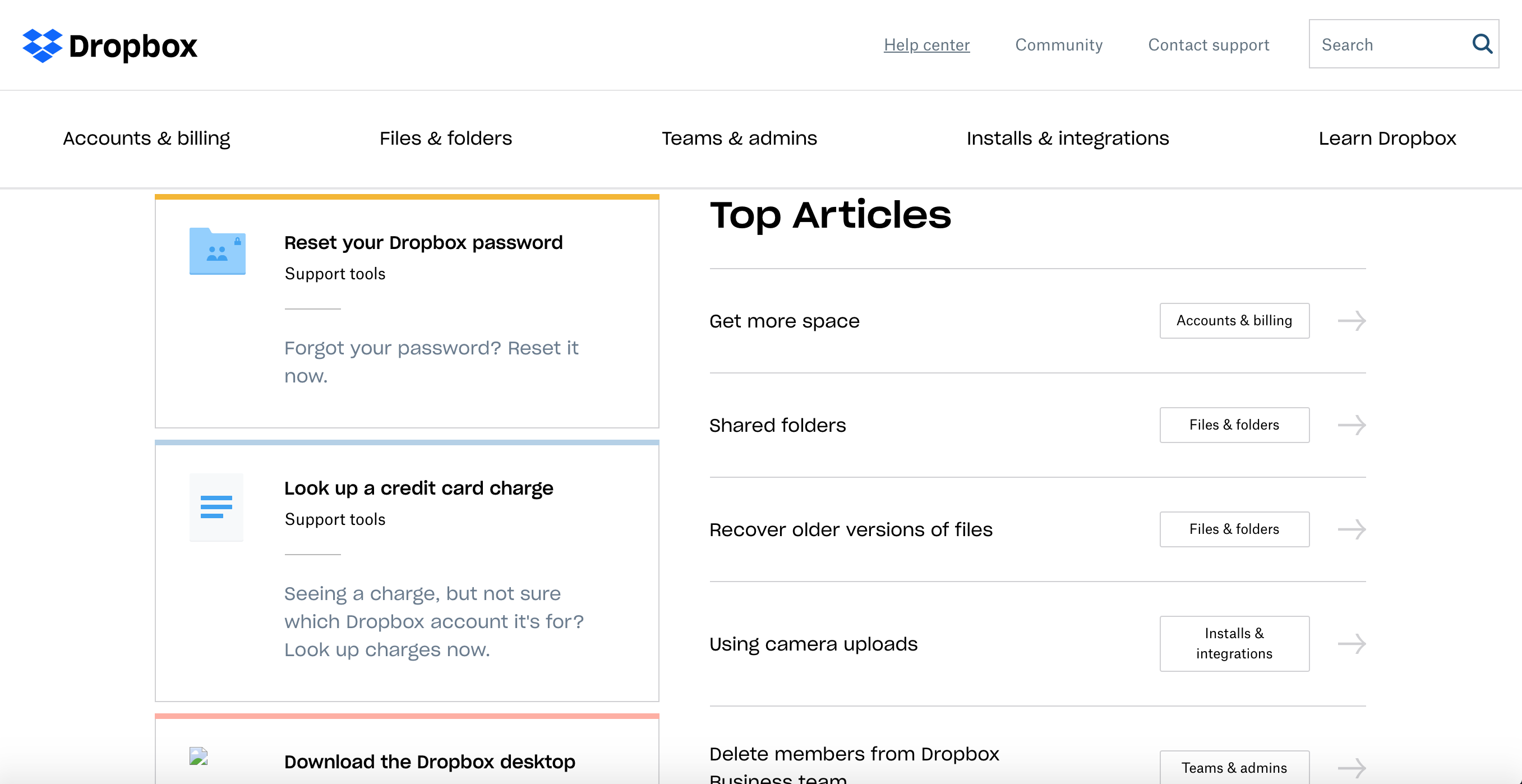
Above, you’ll find Dropbox using a bottom-of-the-funnel article on the most frequently asked questions to improve free-to-premium conversions. Want to get more space? The answer is a nominal fee to exponentially expand your current allowance.
By contrast, if you’re a fresh business looking for five more early adopters a month, you’ll certainly find better results-producing top and mid-funnel content focused on lead generation.
2. Know Yourself
Let’s be real, most SaaS companies are started and run by developers and product people, not marketing pros—and that’s OK.
What is problematic, however, is the assumption that since you aren’t marketers, you either need a dedicated marketer or to learn it all yourself. While the former is true, the latter is far from it—you don’t have time for that!
But you and your dev team can be leveraged to develop a strategy. You have the most intimate knowledge of how the software works, why it was created, its unique key features, its integrations, and its true potential. And that perspective is paramount to identifying pain points, explaining complex elements, and developing resources to make the user experience easier and more meaningful.
Considering your team’s current and potential abilities before, during, and even after you start assembling a marketing plan is one of the best ways to leverage strengths that are commonly overlooked.
3. Know Your Audience
If this isn’t the first blog post you’ve visited for marketing advice or happen to know a little bit already, then you probably know how important it is to deliver stage-appropriate content tailored to the buyer’s journey. What many tend to overlook, however, is that SaaS prospects have a different journey than most others.
Unlike more traditional business models, SaaS businesses provide ongoing service (and often, somewhat complex products), and that means taking a unique approach to both acquisition and retention. And because SaaS products are often highly specific to their niches, industries, and verticals—many of which previously had only manual solutions or none at all—understanding the intricacies of your target audience’s pain points and aspirations is key to finding success.
Know it or not, you and your dev team have probably already explored some of these concepts during the software development stage.
Because you don’t have direct physical access to customers like a brick and mortar, you need to reach them in a real, human, and helpful way with everything you do, from the design of your UI to blog posts and live support. Understanding them in relation to your product is crucial to providing what they need most—and that doesn’t always mean following generic trends.
For example, if you’re still in the early adopter stage, there’s no reason to follow traditional blogging advice. Your customers don’t need bite-sized, 500-word, top-of-funnel blog posts telling them the product’s purpose—they already know the purpose or they wouldn’t be using it! They probably need a comprehensive guide, webinar, resource centre, or knowledge base to support their exploration and understanding of the product as they engage with it first-hand.
We reached out to Sujan Patel for his input on this, and he had some wise words of advice for us regarding using email sequences based on users' behaviour to serve the most relevant content. "Use email sequences to tempt users back to the site, offer them tips, and point them to appropriate guides (based on their behaviour so far)." - Sujan Patel.
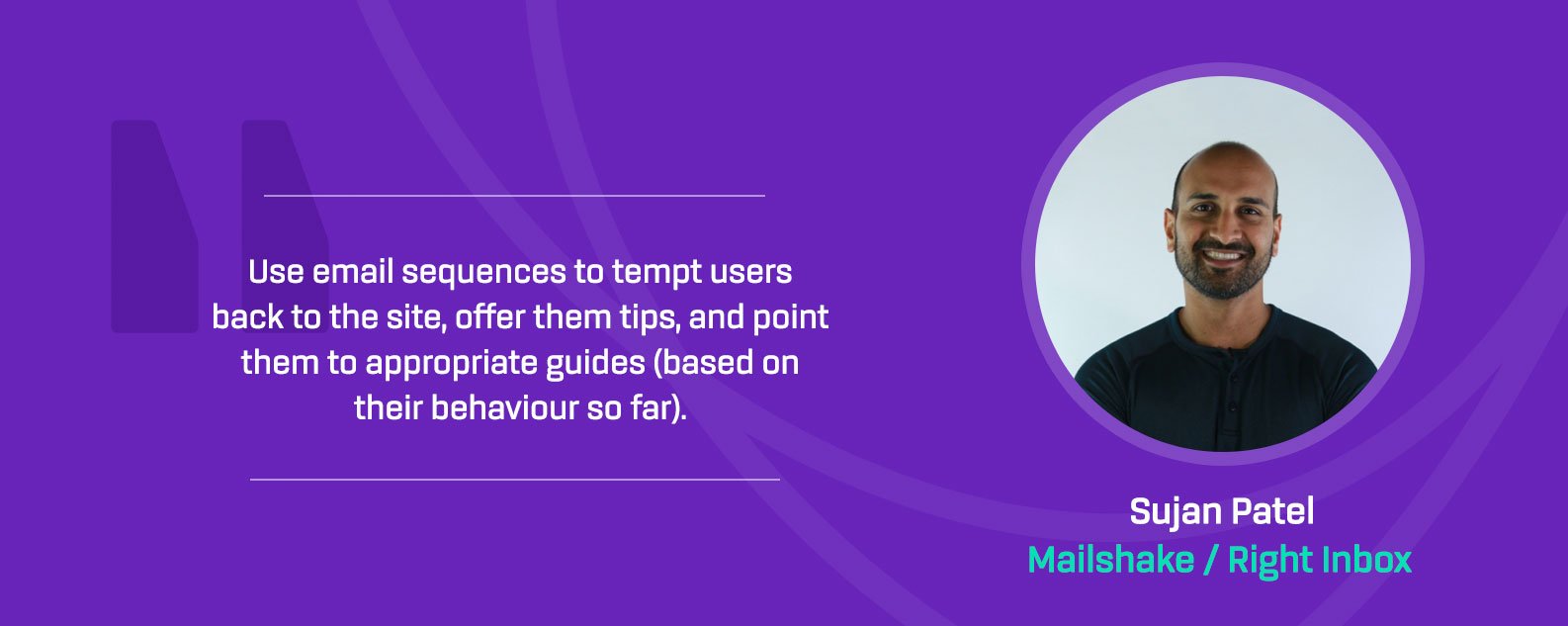
If you’re fully established and bringing prospects all the way to the decision stage, you’ll want to focus on supporting your trial to help them succeed in using it, and with any luck, become happy, paying customers.
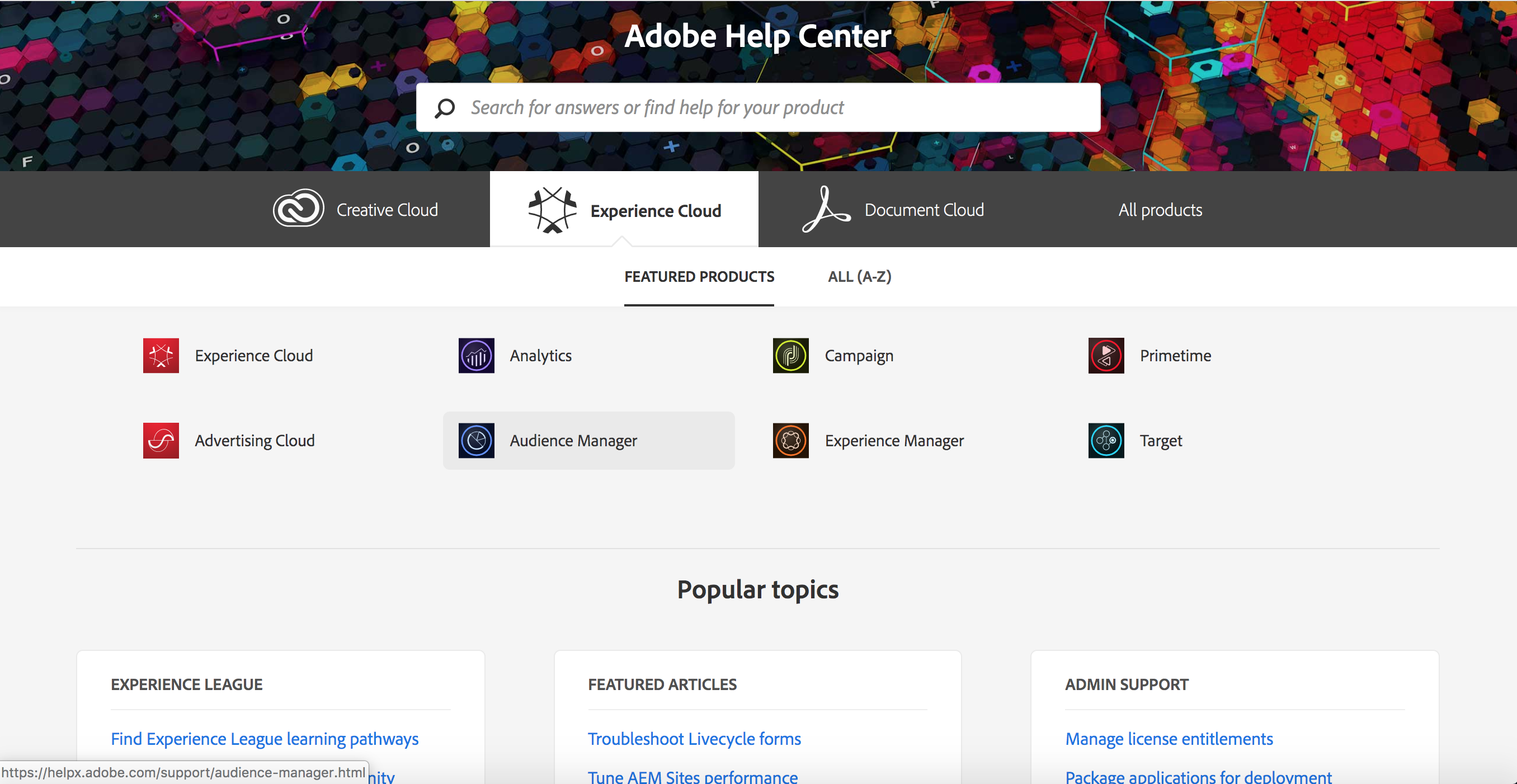
Adobe, shown above, is well-known for providing one of the most comprehensive Help Centers available in their field and includes everything from product integration to individual feature use and everything in between—a supportive resource that has helped to grow their business exponentially.
4. Know Your Competitors
Anyone entering the SaaS market probably has at least an idea of what they’re up against, but having a more detailed look at the competition can make all the difference in finding success.
Since many SaaS businesses rely almost entirely on their online presence, many make the mistake of trying to go head-to-head with the competition based on what they see instead of positioning themselves for their strengths. Competing for the same keywords with someone already established rarely ends up in your favour and if you take the same angle with elements of your strategy, you may accidentally end up selling them as much as you do yourself, and therefore only compete on price.
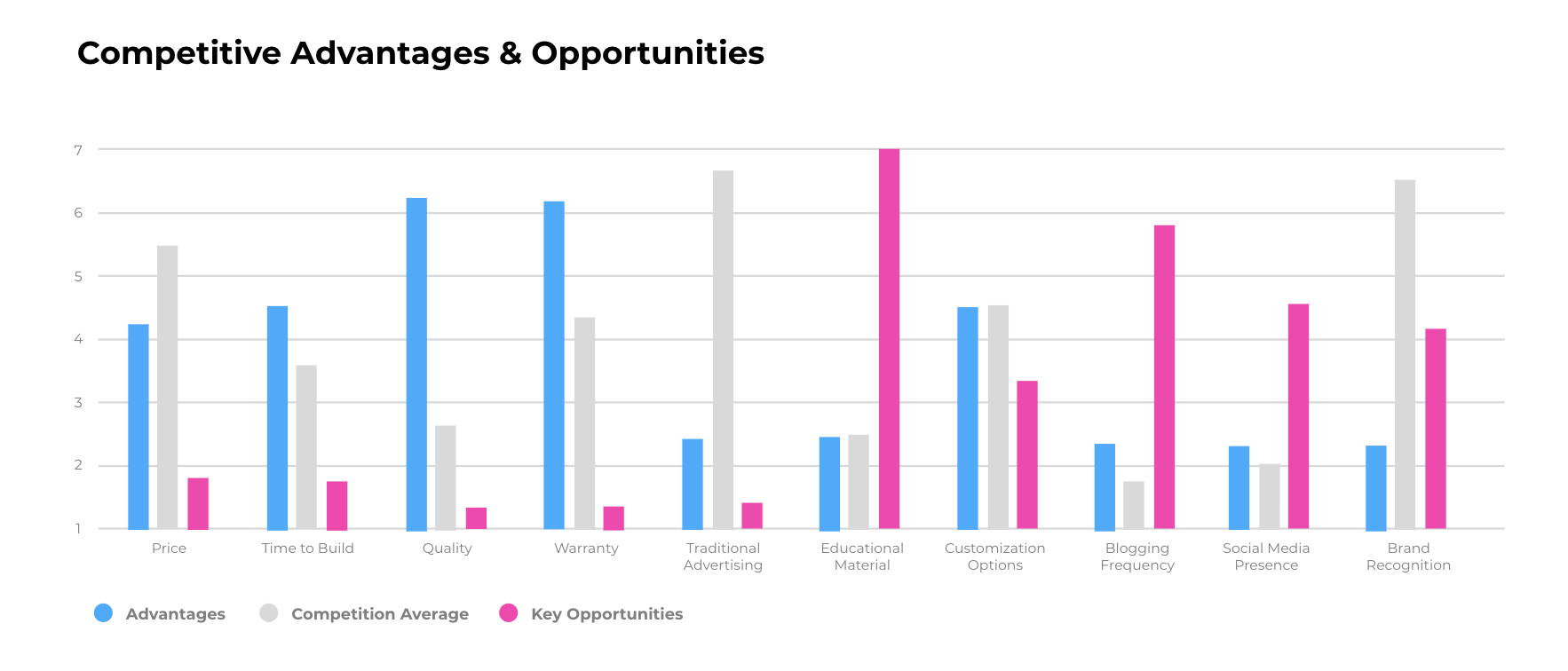
The key to being successful in this competitive environment is figuring out what features you offer that they don’t or simply finding out what you do better—then leveraging those differences with your marketing efforts. Are they ranking well for common terms but missing out on the long-tail keywords? Then focus on the latter. Is their UI top notch but their UX significantly lacking? Then highlight your user experience in both the trial and surrounding content. Are they all over social channels but completely whiffing on relevant hashtags prospects will be searching for? Take advantage and hashtag away. Are they blogging frequently about themselves, but missing out on the challenges their prospects are actively searching for? Opportunity is knocking!
Not only will this kind of analysis prevent you from making the same mistakes, but can help identify key opportunities to leverage in the market and gain a competitive advantage.
5. Know Your Collaborators
While it’s common knowledge to know your competitors, knowing potential partners is far too often overlooked—and SaaS businesses have one key advantage more traditional models don’t: integration.
Because the niches, industries, and verticals SaaS products exist in are so specific, they’re most often designed with integration in mind—and that gives you a lot of room to leverage.
Marketing alongside complementary tech provides a lot of advantages, including a user base already familiar with using something similar or even interdependent, making an introduction to your offering that much easier.
In turn, connecting with the owners of this complementary tech can open doors to better link-building campaigns and overall visibility, as establishing a good relationship can mean cross-promotion of content and resources.
If you really want to make an impact with your marketing, it’s wise to do research to identify who these potential partners are, how they fit into the grand scheme of user goals, what works best in their own marketing efforts, and how you can collaborate and form a mutually beneficial relationship that can move both of your businesses forward.
It's especially important to consider the potential value-added resellers (VAR) - who will build, service, and support their own customers with your software. Building up a VAR network can help fast-track your SaaS business.
And don’t forget, loyal customers can be collaborators too! If you’ve really struck a chord, some happy customers are apt to help you find new leads for a small kickback. Between whatever incentive you offer and the strength of word-of-mouth, you can gain prospects and leads already pre-qualified for your offering at significantly reduced acquisition costs.
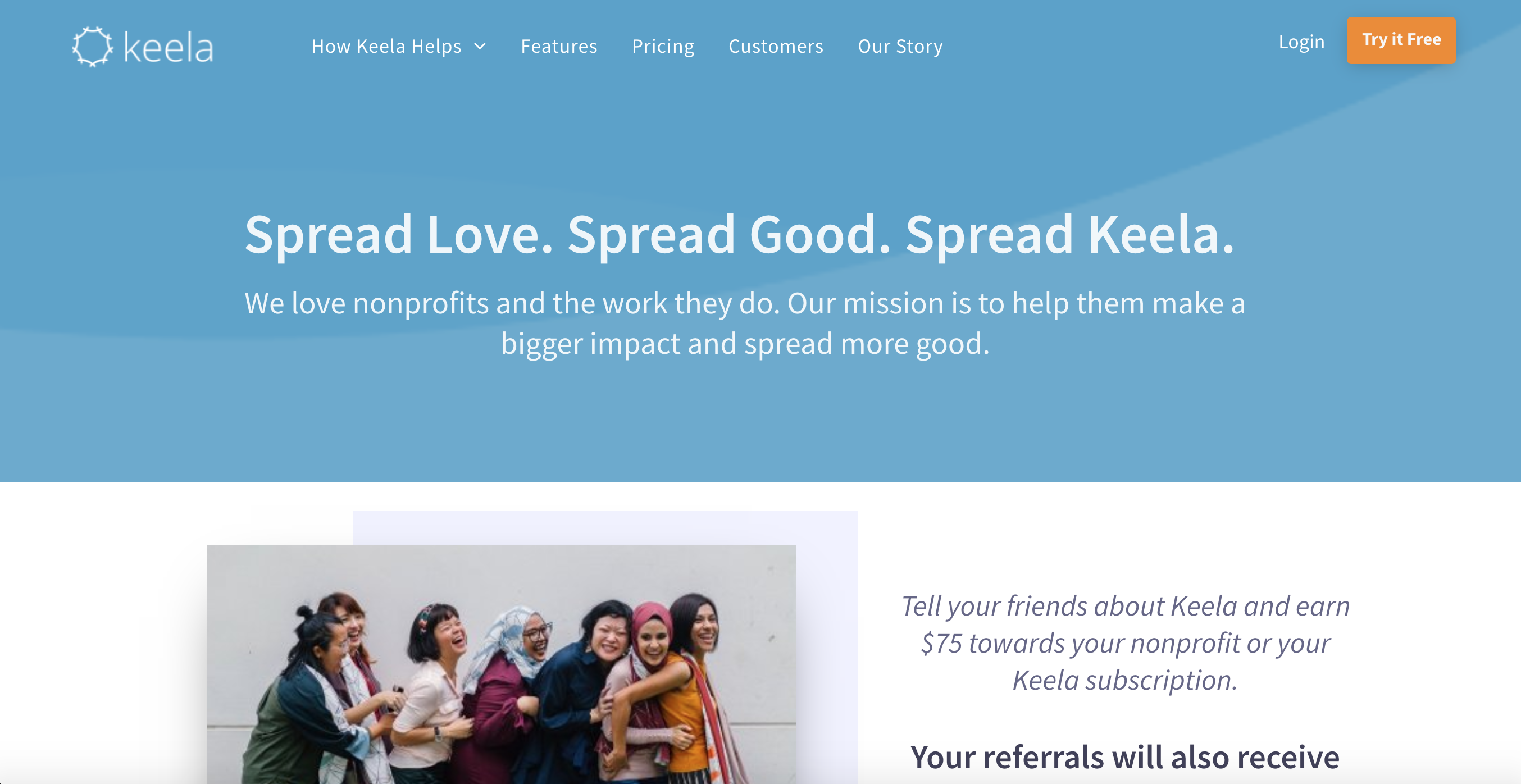
In this example, Keela uses its voice and mission to create a compelling incentive for its most loyal customers to become collaborators
What's Next
As you can see, putting together a comprehensive strategy isn’t always easy, but with the right insight, it doesn’t necessarily have to be difficult or intimidating either. And now that you’ve got a better idea of how to approach your SaaS marketing plan, it’s time to actually get to work.
If you went through all of these tips and still feel a bit lost, no worries! We’re here to help. Feel free to reach out for more tips or to inquire about how we can help you put together a winning strategy.

Chris Onyett
Chris is one of the managing partners at Roketto. His area of expertise is digital marketing and loves sharing and educating on topics like Google Ads, CPC bidding tactics, Google Analytics, and marketing automation. When Chris isn't in the office, he enjoys playing volleyball, mountain biking, and hiking with his American Eskimo.

















2.png)
2.png)




